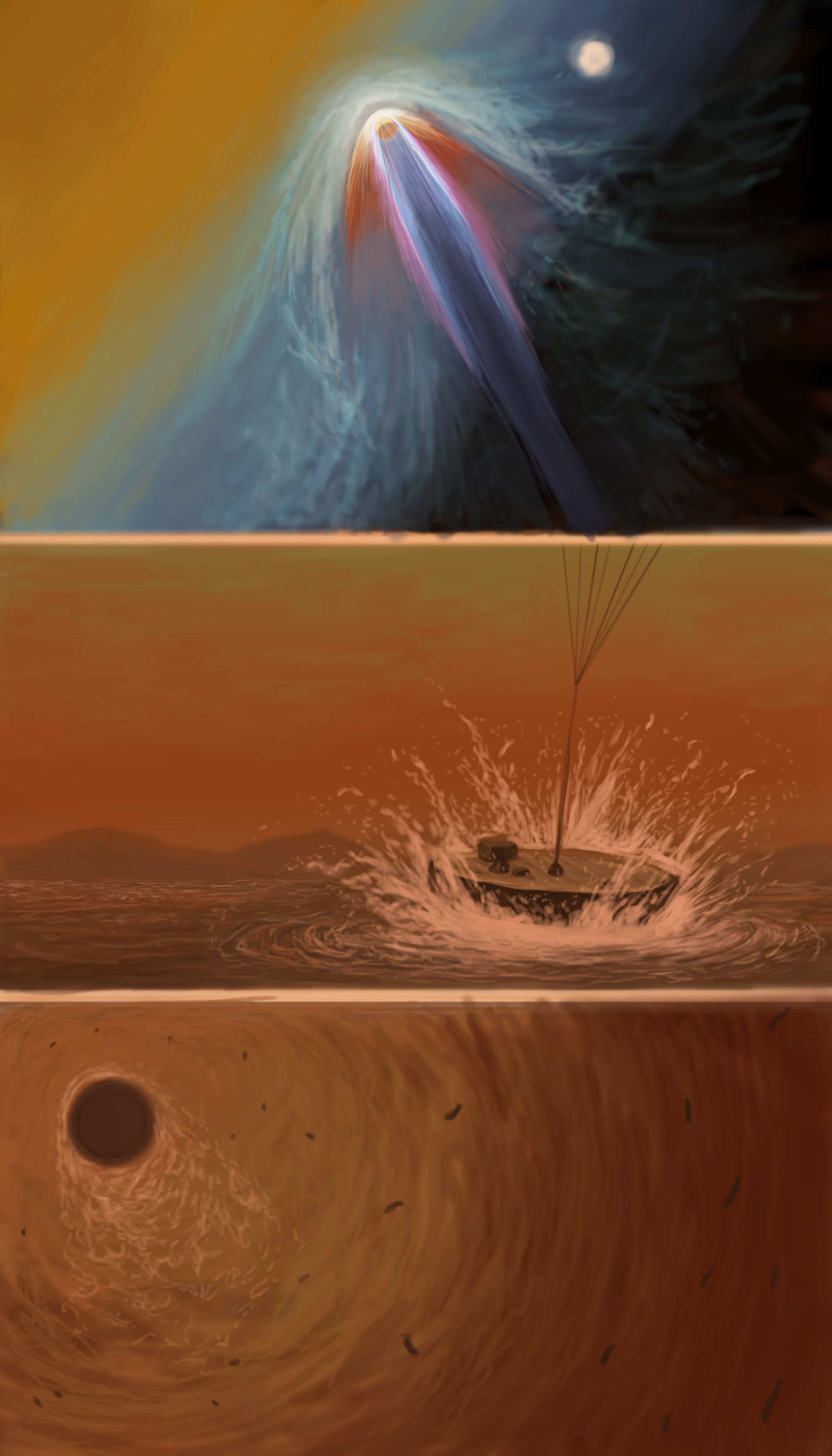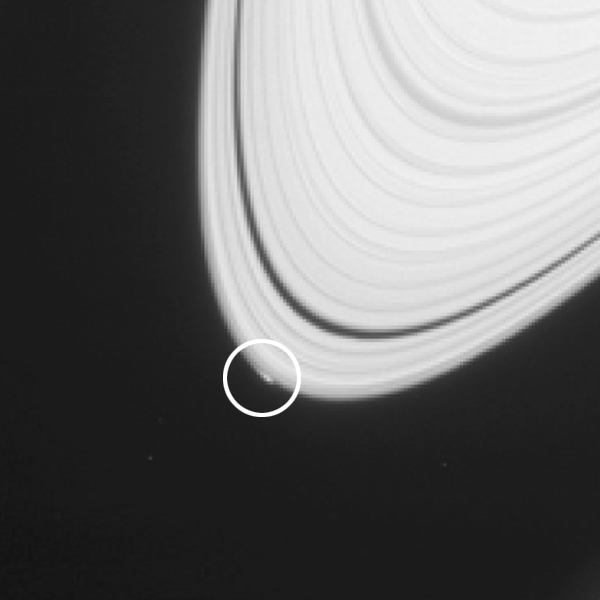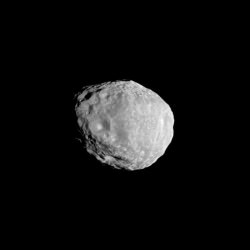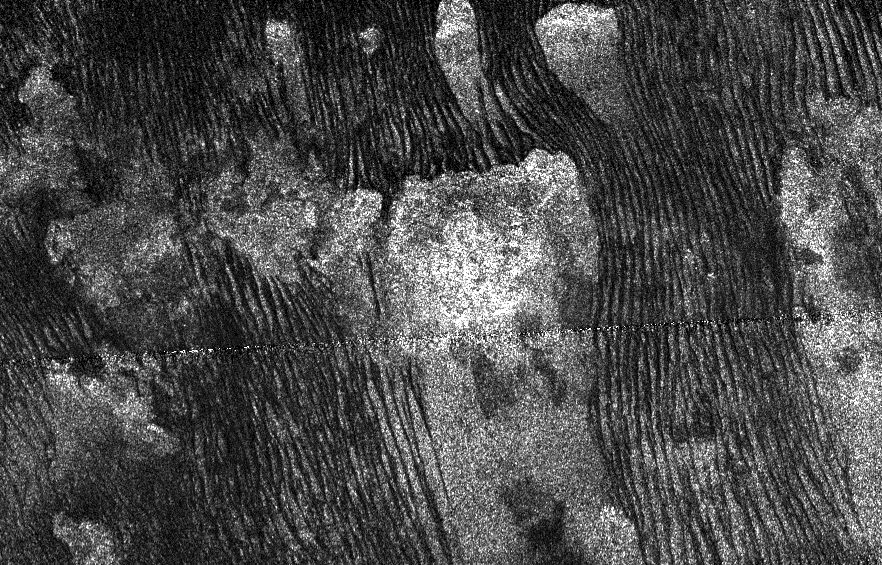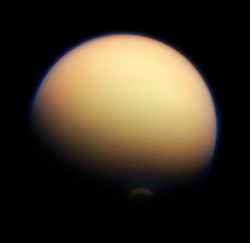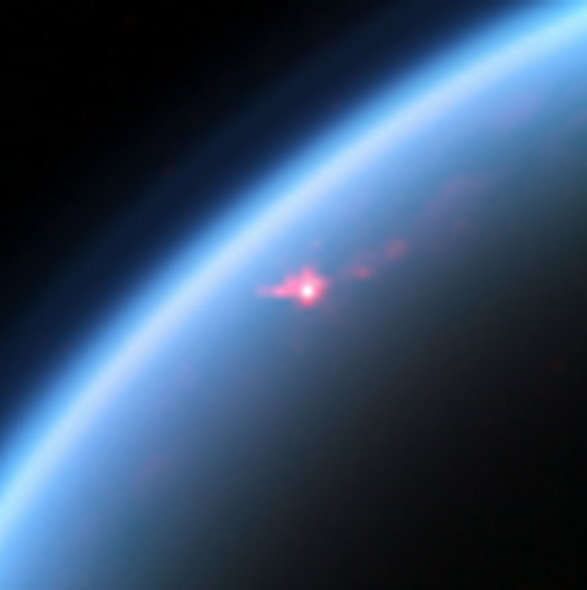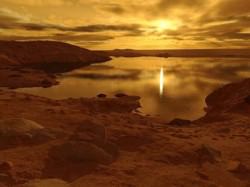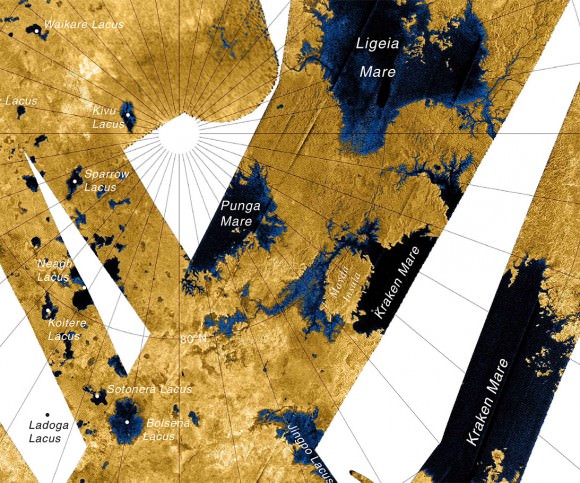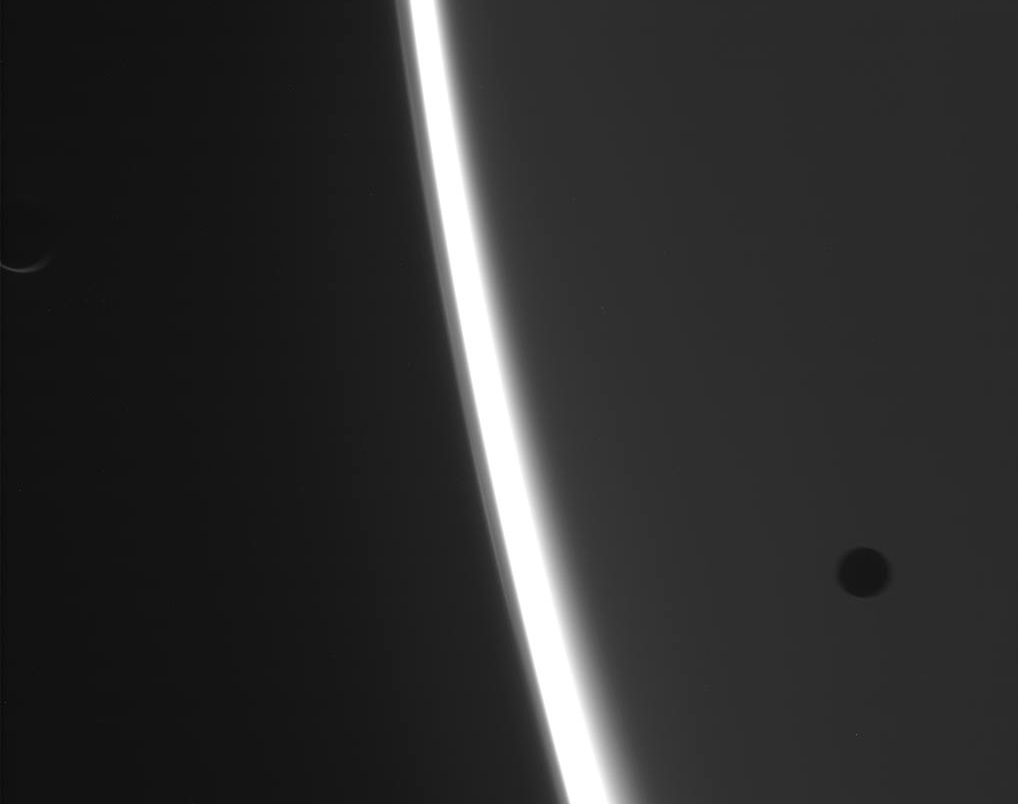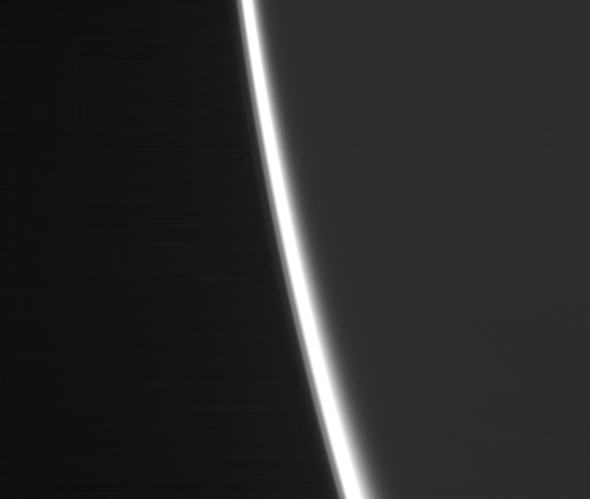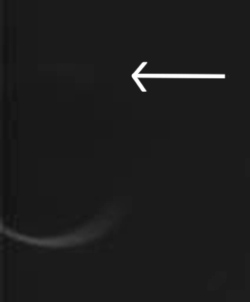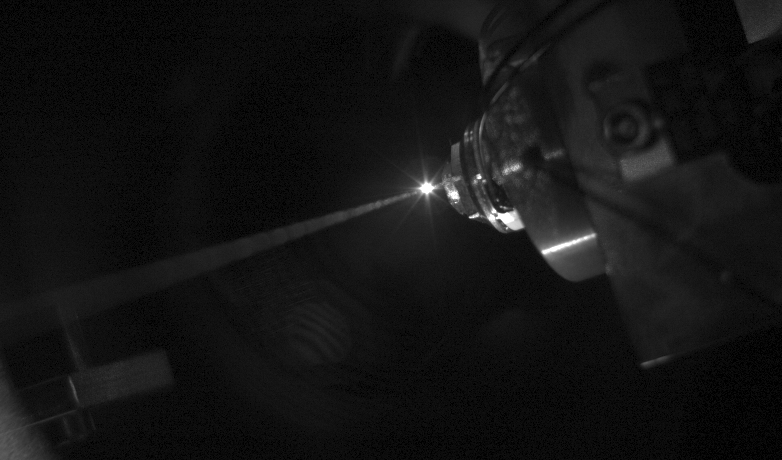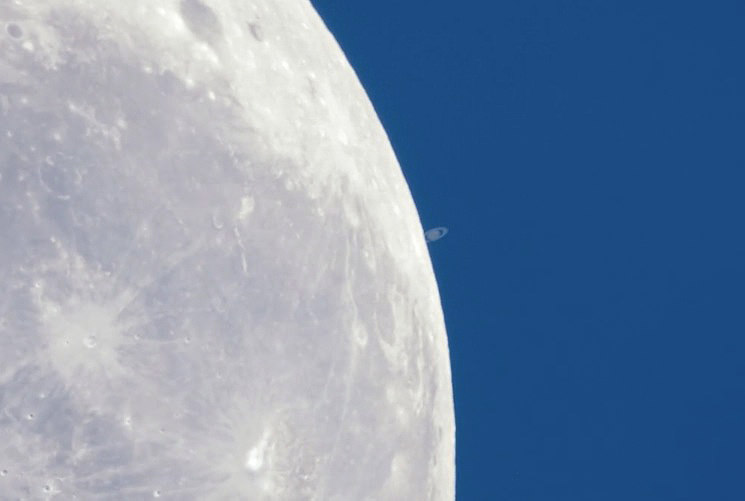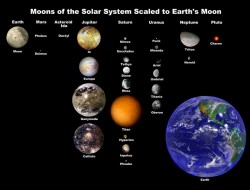The large moons orbiting the gas giants in our solar system have been getting increasing attention in recent years. Titan, Saturn’s largest moon, is the only natural satellite known to house a thick atmosphere. It’s surface, revealed in part by the Cassini probe, is sculpted by lakes and rivers. There is interest in exploring Titan further, but this is tricky from orbit because seeing through the thick atmosphere is difficult. Flying on Titan has been discussed around the web (sometimes glibly), and this was even one of the subjects treated by the immensely popular comic, XKCD.
However, there remains the problem of powering propulsion. The power requirements for flight are quite minimal on Titan, so solar wings might work. But Titan also presents an alternative: sailing.
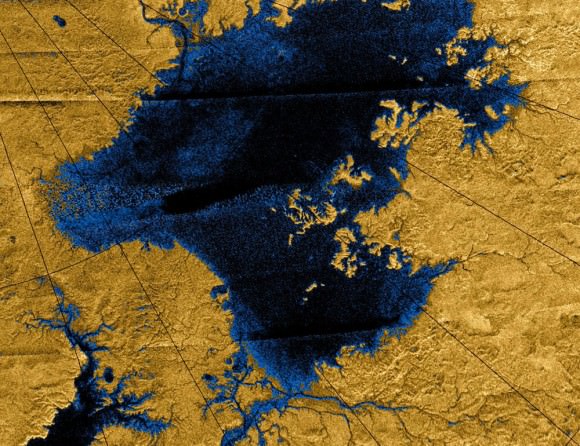
With all those lakes and rivers, exploring Titan with a surface ship might be a great way to see much of the moon. The vehicle wouldn’t be sailing on water, though. The lakes on Titan are composed of liquid methane. The challenge is therefore making the vessel buoyant: liquid methane is only 45% as dense as liquid water. This means we would need a lot of displacement. A deep, hollow hull could do this, however, and it turns out that the liquid methane has an advantage that helps make up for the low density: it is much less viscous than water.
Reynolds number is proportional to the ratio of density to viscosity, and it turns out that friction drag on a hull is inversely proportional to Re. While Titan’s seas and lakes have only 45% the density of water, they also have only 8% of the viscosity. This means that the Titan sailing vessel would only experience about 26% of the friction drag as its Earth equivalent. [Yacht designers have found that the friction drag is about equal to 0.075/(log(Re)-2)^2)]. That leaves us room to make the hull deeper (important to compensate for the density as above), and longer (if we want a longer waterline, which will make the bow waves longer and improve maximum speed).
The sail itself would get less wind, on average, on Titan than Earth. Average wind speeds on Titan seem to be about 3 meters/s, according to Cassini, though it might be higher over the lakes. Average wind speed over Earth oceans is closer to 6.6 meters/s. But, the Titan atmosphere is also about 4x denser than Earth’s, and both lift and drag are proportional to fluid density. All told, this means that the total fluid force on the sail will be about 83% of what you’d get on Earth, all else being equal, which could be sufficient. There would be a premium on sail efficiency and size, and so we might have to take advantage of the low-friction hull to examine shapes with more stability that can house a larger, taller (and presumably high aspect ratio) sail.
This is all quite speculative, of course, but it provides a fun exercise and perhaps provides inspiration as we imagine tall-sailed robotic vessels silently cruising the lakes of Titan.
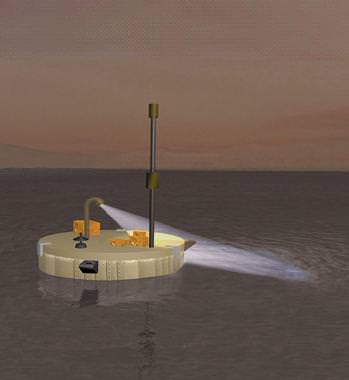
One concept for a boat on Titan has already been proposed: the Titan Mare Explorer (TiME) would send a floating high-tech buoy to land in a methane sea on this moon of Saturn to study its composition and its interaction with the atmosphere. But this Discovery-class mission concept was nixed in favor of sending the InSight lander to Mars.
But with all the recent discoveries on Titan by the Cassini spacecraft — things like lakes, seas, rivers and weather and climate patterns that create both fog and rain — a mission like this will be given more consideration in the future.

